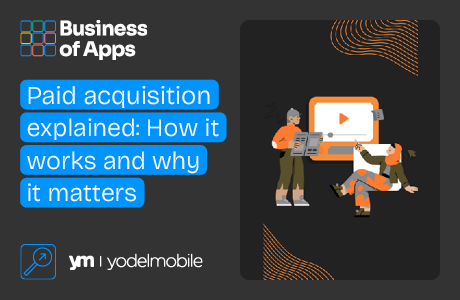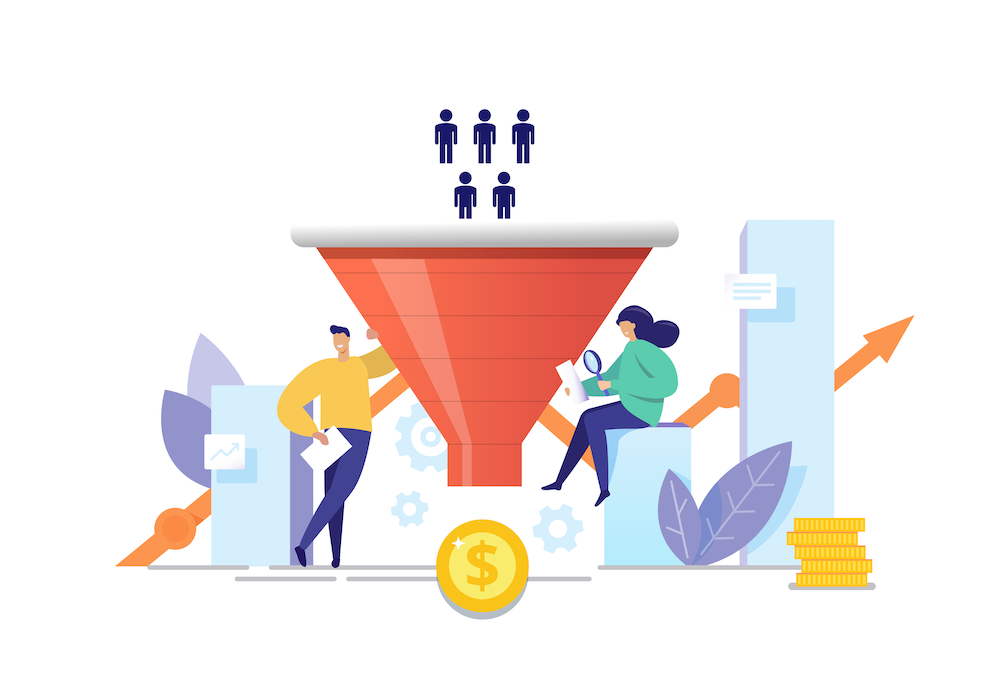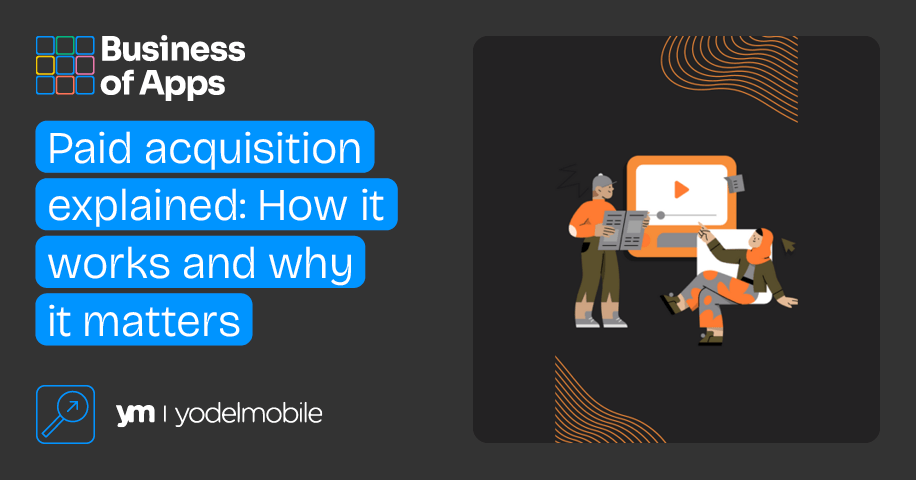
Paid acquisition stands as a pivotal strategy for driving user growth and scaling your app’s visibility.
App marketers and developers often grapple with the challenge of organic reach plateauing, making it crucial to invest in paid acquisition to maintain their app’s momentum. This solution involves strategically placing ads to attract and convert high-quality users, ensuring your app stays ahead in a saturated market.
Read below to discover everything you need to know about paid user acquisition.
What is paid acquisition?
In mobile marketing, paid acquisition refers to the strategies and tactics used to acquire new users for mobile apps through paid advertising channels.
Paid acquisition is essential in mobile marketing for several reasons:
- It allows app developers to quickly scale their user base by reaching a large and targeted audience that may not be accessible through organic methods alone.
- Paid campaigns can drive immediate traffic and installs, which is crucial for new apps needing to gain traction or for established apps aiming to maintain growth.
- Paid acquisition provides precise tracking and analytics, enabling marketers to optimise their strategies for higher returns on investment. This method also helps in competitive markets, where standing out organically can be challenging.
Ideally, organic traffic would generate enough installs and engagement for an app to thrive, but the reality is apps often need that extra help to reach a wider audience and boost their presence in the app stores.
This is where paid acquisition comes into play, increasing installs, boosting visibility and accelerating growth.
The value of using paid acquisition
Paid user acquisition is a valuable part of the marketing function for several reasons:
- Paid acquisition campaigns allow app marketers to rise above the competition by reaching larger audiences.
- Paid advertising channels help to attract the right users by allowing precise audience targeting which then supports data-backed optimisation and improvements.
- Successful paid acquisition campaigns can enhance organic growth by improving an app’s ranking within app stores.
Paid advertising channels

Source: Yodel Mobile
The image above illustrates different paid acquisition channels app marketers can use in their funnel.
Key times to leverage paid acquisition campaigns
There are five different scenarios where a business would need to invest in Paid acquisition campaigns:
When launching a new app
Paid acquisition campaigns allow your app to gain immediate visibility in app stores, ensuring that it reaches a wider audience from its release.
The more installs you achieve from the start, the more data you’ll gather to understand user behaviour, allowing you to optimise your app and future campaigns more effectively.
To gain a competitive edge
2023 ended with over 5.5 million apps in Apple’s App Store and the Google Play Store, so the competition within app stores is undeniably fierce.
Paid acquisition campaigns will improve your app discoverability, allowing you to rise above the noise and gain visibility amongst users who may not have discovered your app otherwise.
Targeted promotion
Paid acquisition campaigns allow you to target specific demographics, interests, and behaviours, ensuring that the app’s promotional efforts are directed towards the most relevant audience segments likely to engage with your app.
Timely marketing
During peak seasons or holidays, paid acquisition campaigns can be used to promote apps with special discounts or promotions. You can read more about seasonal campaigns here.
Timely use of marketing campaigns can increase visibility and align with the change in consumer behaviour based on different times of the year, see the example below by BoohooMan. In response to changed consumer behaviour for summer, they have run an ad offering a discount on their new summer collection.
You can also run limited-time campaigns with countdowns or expiration dates for promotional offers.
Paid acquisition campaigns can help you create a sense of urgency, encouraging users to take immediate action before the offer expires.
Selecting the right paid acquisition strategy for your app
App marketers have many different options when choosing paid acquisition channels. Your strategy could involve going all in on a single channel or diversifying your efforts. You could also combine your paid and organic efforts too. Diversifying your efforts can maximise your app’s growth potential by reducing reliance on a single source.
Allowing your app to be exposed to different channels also exposes your app to a range of unique targeting options, reach and user behaviours simultaneously; Snapchat and TikTok are good options for this.
That said, where each acquisition channel comes with unique features, there may be a benefit in using a single source, especially if you are seeking to engage with a specific kind of user. Base this decision on the goals you’re seeking to achieve with your app.
You can read more about different paid acquisition platforms and strategies here.
Paid acquisition channels
Search Ads
Search ads like Apple Search Ads allow you to display your app at the top of search engine results, reaching users actively searching for relevant keywords.
This channel provides high visibility and targets users with specific intent who are more likely to convert.
To get the best results from this channel, you must conduct thorough keyword research, write compelling ad copy and consistently optimise your bids and targeting.
Social media ads
Social media platforms like Facebook, TikTok, Instagram, and Snapchat offer robust advertising capabilities, enabling precise audience targeting based on demographics, interests, and behaviours.
This applies to iOS users who have opted into personalised advertising. Social media ads also pose the benefit of providing marketers with instant feedback, allowing for real-time response and optimisation.
Display ads
Display ads are visual static or video creatives on websites, apps, or other digital platforms. The versatility of display inventory allows for various ad formats, including static banners, rich media ads, and interactive overlays.
They are the perfect way to raise brand awareness and allow your app to reach potential users before they realise they need it.
Influencer marketing
Influencer marketing is an effective paid acquisition channel, particularly for targeting younger (Generation Z) audiences. Collaborating with relevant influencers in your app’s niche can help you tap into their dedicated audience and gain credibility.
Influencers can promote your app through sponsored posts, videos, or reviews, leveraging their influence and reach. To ensure success with influencer marketing, carefully select those you’d like to partner with, develop creative and engaging content, and track the performance of your campaigns.
Influencer marketing
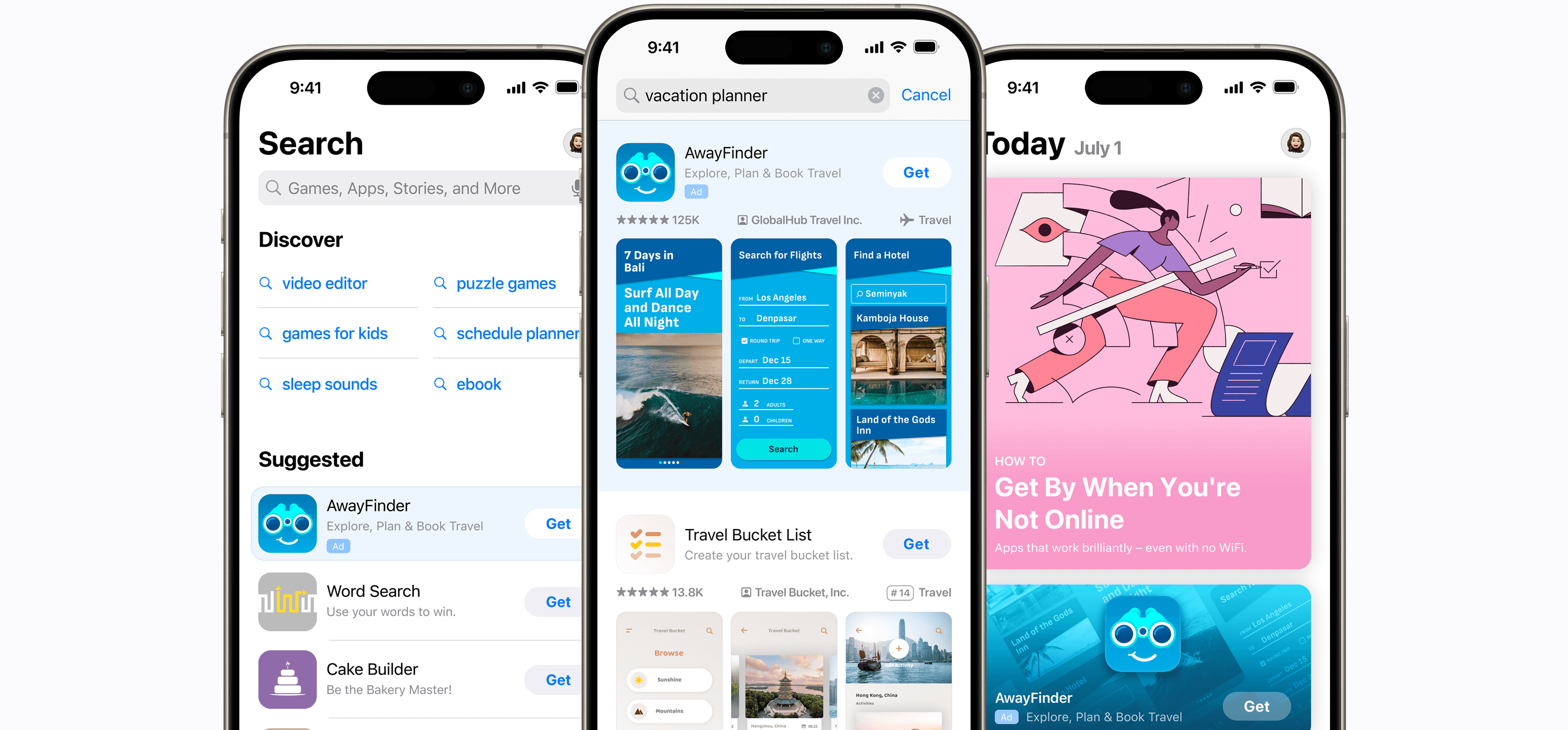
Source: Apple
Quantifying your paid acquisition costs
Cost per acquisition (CPA)
Analysing your paid acquisition costs (CPA) is key to measuring the success of your paid acquisition campaigns. Calculating your CPA will allow you to understand how efficiently you run your campaigns. For example, if you were to spend £1,000 on your paid acquisition campaigns and obtain 100 users, then your CPA would be £10 per user.
CPA
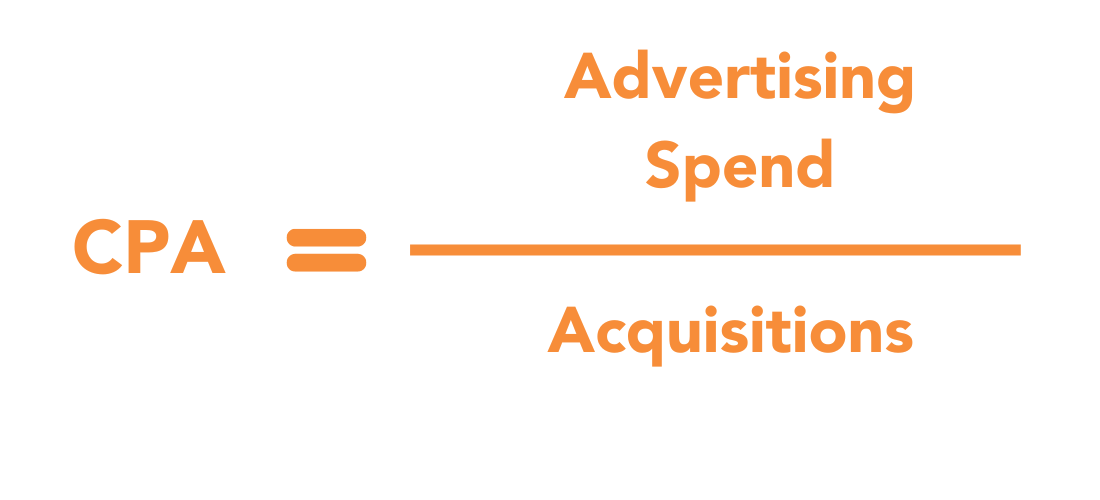
Source: Yodel Mobile
As an app marketer, your aim is always to keep your CPA as low as possible. Where paid ads are involved, it’s about assessing which platform is the most efficient option for your campaigns.
Return on ad spend (ROAS)
Again, taking acquisition costs into account, as an app marketer, you will definitely want to think about your return on ad spend (ROAS). This metric is calculated by dividing your total revenue by your attributed ad spend.
ROAS
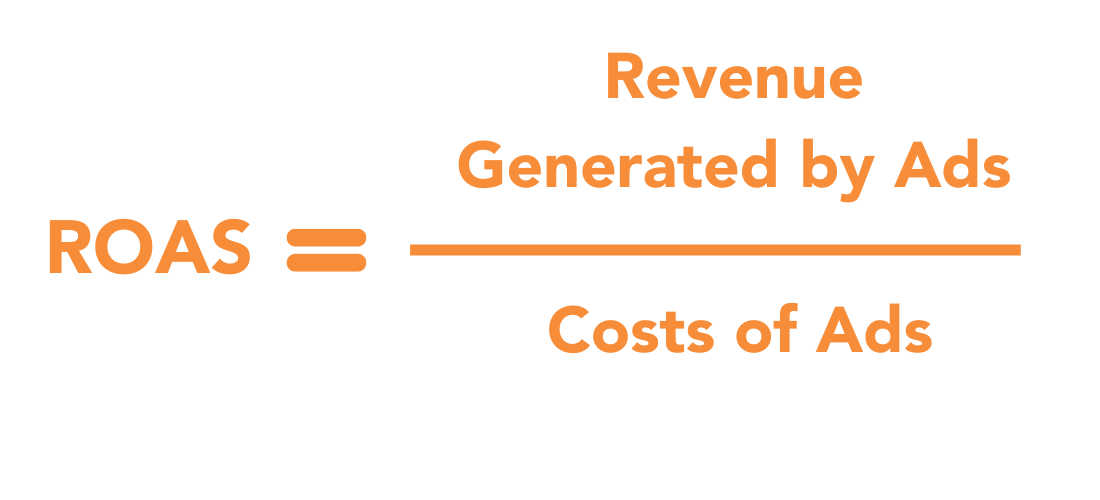
Source: Yodel Mobile
For example, if an ad campaign costs £10 per paying customer and generates £15 in revenue per paying customer within 90 days, your 90-day ROAS would be £5 per customer. Your ideal payback period and expected return depend on factors such as app category, business goals, and app marketing channel(s) involved in your campaigns.
Now that we’ve identified key metrics for successful paid user acquisition campaigns, let’s explore tools to track these KPIs.
Paid acquisition performance tools
Tools such as the Google Play Console or App Store Connect, combined with a specialist Mobile Measurement Partner (MMP), (examples of these are listed below), will allow you to track the performance of your paid acquisition efforts.
Your app’s install count across different platforms will inform you directly of your app’s growth rate. Tools like those mentioned above will allow you to determine which of your downloads can be attributed to organic downloads or paid acquisition advertising. Understanding where your app’s growth is based will improve your strategy going forward.
Off the back of this point, you’ll also want to look at the split between your organic and non-organic installs in depth. This will show you how to make the most of your marketing budget and help you identify which channels need to be optimised. You can calculate the split by dividing the total number of non-organic installs over a defined period by the total number of installs during the same period.
For better post-install event tracking, you’ll want to use a Mobile Measurement Partner (MMP) like AppsFlyer. MMPs will help you track conversion from paid user acquisition campaigns and pinpoint the stage of the user experience that needs optimisation.
Google Play Console
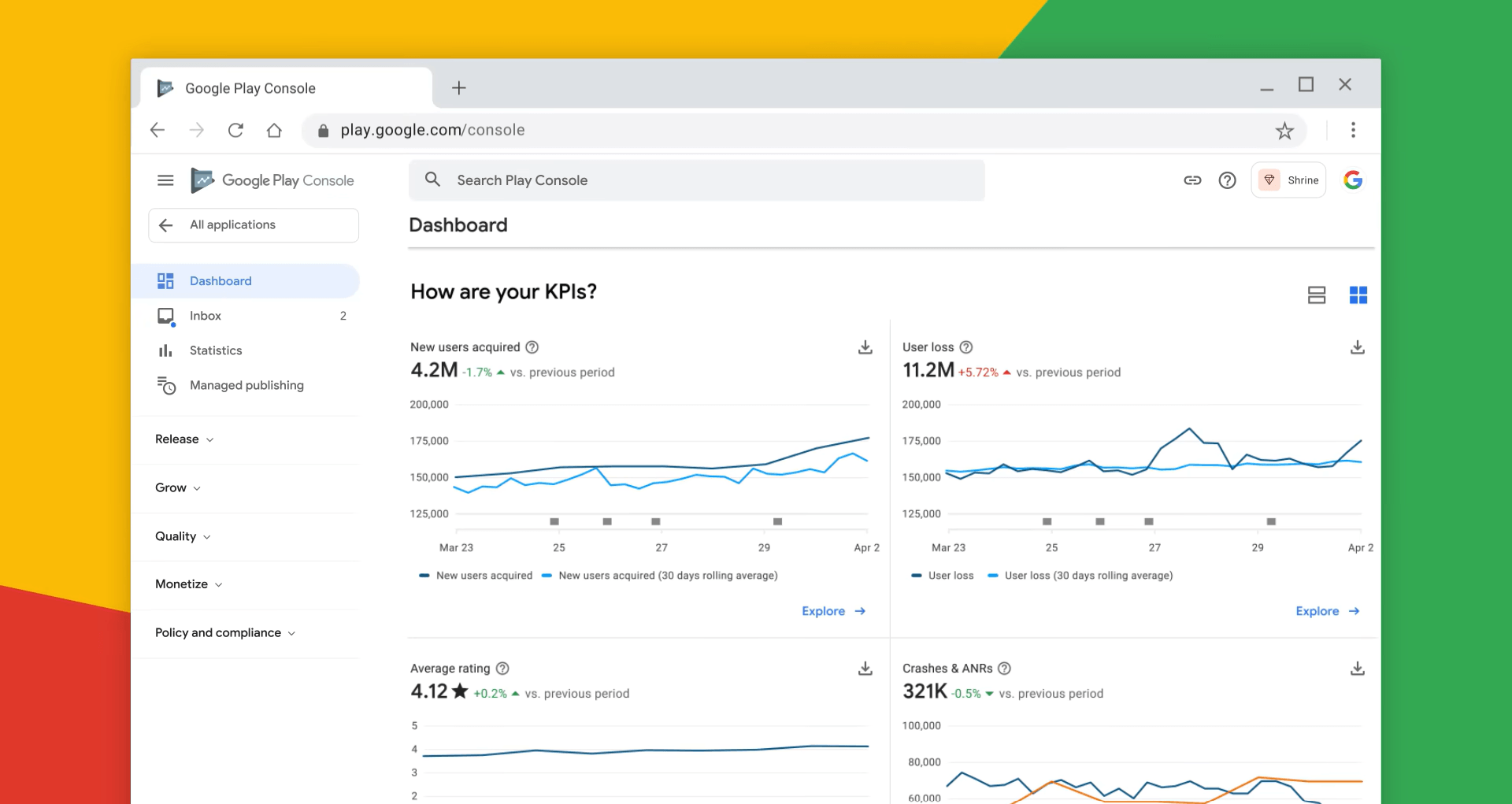
Source: Android Developers
Key tips for creating winning paid acquisition campaigns
There may not be one set approach to your paid acquisition campaigns, but there are general best practices that can guide and contribute to their success.
- Set clear goals: Create specific, achievable goals relevant to your app that allow you to measure your success effectively.
- Budget allocation: Allocate your budget wisely among different channels based on their performance and the potential ROI that each platform offers. Focus your choice of channels based on your goals and target audience.
- Monitor KPIs: Keep a close eye on key performance indicators (KPIs) like conversion rate, cost per acquisition (CPA), and return on ad spend (ROAS).
- Retargeting: Implement retargeting campaigns to re-engage users who showed initial interest but didn’t convert. Due to Apple’s privacy limitations post-iOS 14, retargeting activity is most effective in Android campaigns.
- Localisation: Adapt your paid acquisition strategies for different regions and languages so that you can cater to audiences on a more global scale.
- Continuous learning: Make a point to stay up-to-date and informed on industry trends and algorithm changes on advertising platforms. Evaluate platform growth trajectory and adoption rates. Look at the trends of each platform to anticipate future opportunities that could be aligned with your goals.
- Hire an expert agency: Boost your app’s success by hiring an expert app marketing agency offering holistic app marketing solutions and services like mobile consultation or a creative studio.
Yodel Mobile can provide extensive and precise solutions and strategies to help you reach your target audience(s) and generate income for your business in the competitive mobile app landscape.
Final thoughts: Explaining paid acquisition?
User acquisition stands as a cornerstone of the success of holistic app marketing. Being able to strategically time your paid acquisition campaigns and strategies while adhering to best practices as you navigate the diverse landscape of paid media is no easy feat!
It requires analytical minds, app marketing savviness and solid attention to detail. When applied correctly, it is a dynamic and multifaceted endeavour that can foster long-term success in a competitive app ecosystem. If you’re ready to start building your paid acquisition campaigns, check out these Dos and Don’ts of user acquisition right here.
Hopefully, this blog was the introduction to user acquisition that you didn’t know you needed. If you’d like a deeper look at some of the insights that we’ve gathered over the years, you can have a look here.

